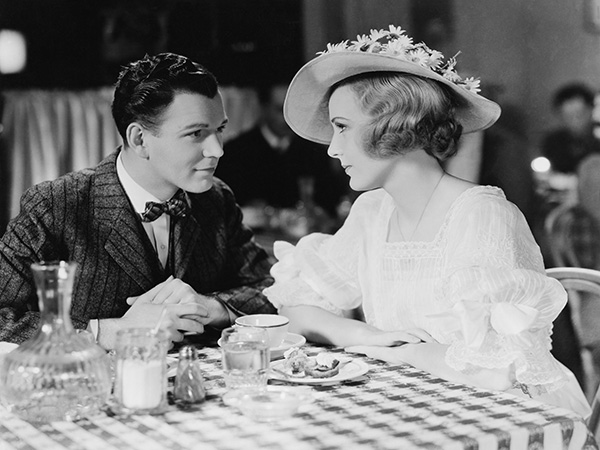
Why Does Proper Attire Matter
Why does proper attire matter?
How you present not only speaks to you but also to your surroundings.
Not sure what to wear to at a particular restaurant, then let its ambiance guide you. For example, a dive bar with a fried food menu would lead you to casual dress. A fine dining establishment would send you to business casual attire at a minimum. A Three-star Michelin would push you to formal attire or Jacket required. When in doubt most restaurants will list their preferred attire on their websites or look on Facebook or Yelp. Just to be clear casual does not mean sweatpants and that stained T-shirt you have been rocking since COVID.
Why does it matter what you wear? When you go out to eat you are essentially entering the home of that Chef . There are house rules just like I am sure you may have at your home. The staff of the restaurant you are visiting have worked hard to perfect your experience. Dining with the decor, food and right clothing adds to the ambiance the restaurant wants to achieve. I think you would agree that a dining room full of patrons in sweatpants would detract from that.
They have put in the work so a little effort on your part is expected. If you invited me to your home for a dinner party, I would make myself presentable. If upon arrival, I was asked to remove my shoes I would without question. The same rules apply when you dine out at a restaurant. Don’t feel like getting dressed, well then take out is the perfect option for you! Proper attire also applies to all staff members as you are to lead by example.
What does Casual, Business Casual or Formal really mean for dress code at an event or restaurant?
- Casual: Relative to the location is important to factor in with this designation. Fine dining casual is more like country club/golf attire. Simple tees or polos over fitted jeans with khakis would be appropriate. But casual is open to interpretation with a suggesting to avoid sweats and stained clothing.
- Business Casual: Best defines as polished and yet comfortable. Collared shirts, polo shirts, button down shirts, khakis, knee length skirts, tailored dresses that are all wrinkle free are just some of the options. The key is to not reveal too much cleavage, chest, back, leg, stomach or underwear.
- Casual Elegant: Think a step up from Business Casual with suits, button down with trousers, formal pant outfits, dresses, skirts that can be a little more revealing. What separates Business Casual from Casual Elegant really is bolder makeup, finer jewelry, cufflinks, smoother ties, evening wraps and clutches…basically upping your style points.
- Formal: Request of attire in this category are not as common, but cocktail or long dresses, tuxedos fit the bill. A white tie invitation is even more formal with full dress including white tie, vest, shirt and long gowns.
- Jacket Required: has an expectation to have caputure eleagance with gowns of any length or formal evening separates, embellished pant suits, gentlemen to wear a matching jacket.
Not sure what the attire is at a new to you restaurant?
This is where social media investigating comes in real handy! We social media use to search for friends, dates, exes, classmates, why not for restaurants? Search the vibes out through Instagram to get an idea of what the crowd is wearing and at the same time get a visual taste for the nosh on their menu.
Reach out to your sales consultant, Chef Dana or our Nonfood Buyer if you need to refresh your decor, tableware or menu.
5 Restaurant Attire Categories
- Casual
- Business Casual
- Casual Elegant
- Formal
- Jacket Required
